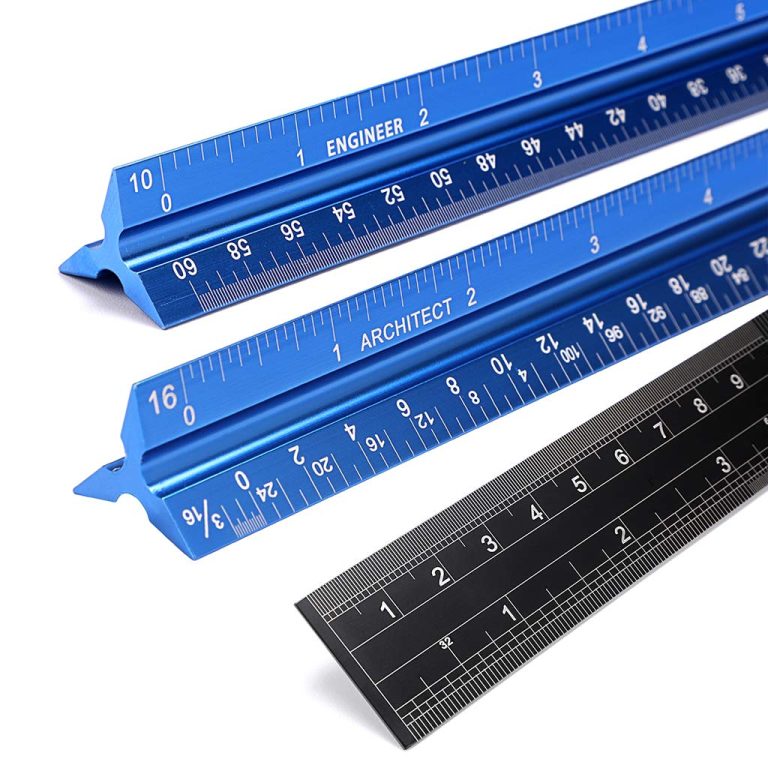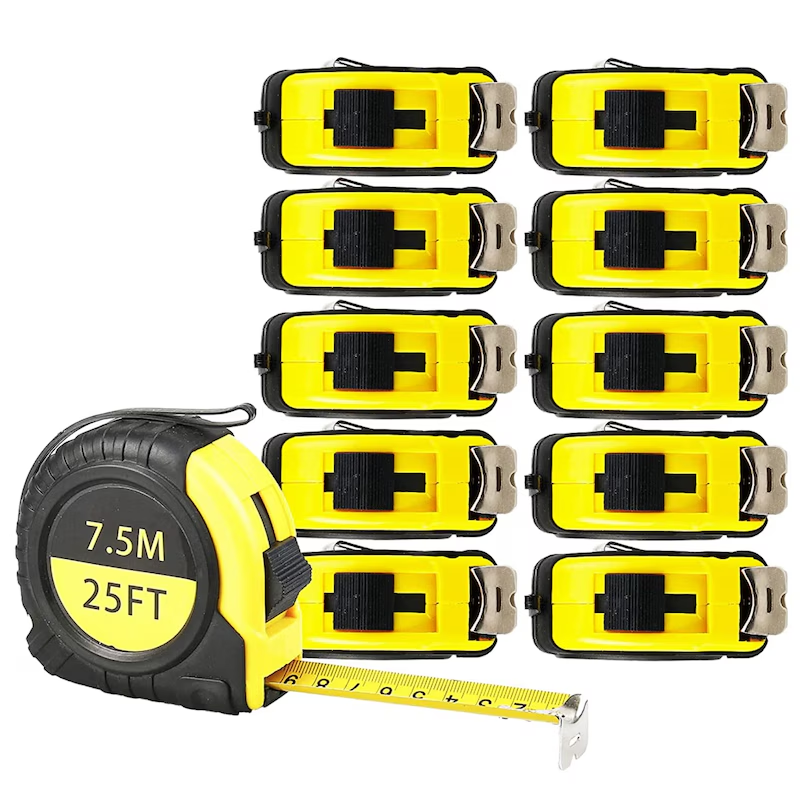
Millimeter MM Tape Measure: Accurate Measurements Made Easy
In the world of precision measurement, the millimeter mm tape measure stands out as an indispensable tool. Whether you’re an engineer, a 3D printing enthusiast, or a tattoo artist, mastering this instrument can significantly enhance your work’s accuracy and efficiency. This comprehensive guide explores the various aspects of millimeter mm tape measures, offering insights and tips to help you utilize them like a pro.
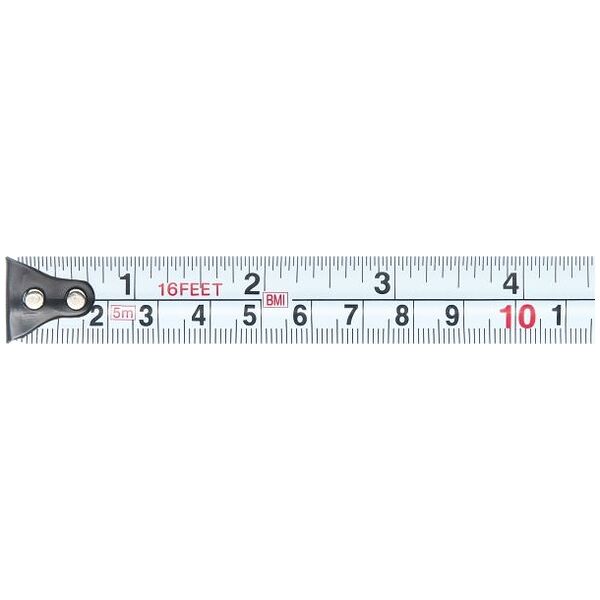 Understanding the MM Tape Measure
Understanding the MM Tape Measure
A millimeter mm tape measure is a flexible ruler used to measure distances or sizes accurately. Unlike standard measuring tapes that often use inches or centimeters, this tool emphasizes millimeter precision, making it ideal for tasks requiring fine measurements.
Components and Features
A typical millimeter mm tape measure comprises:
- Blade: The main measuring strip marked with millimeter increments.
- Case: The housing that protects the blade and often includes a locking mechanism.
- Hook: The metal end that anchors the tape measure to an object for precise measurement.
- Belt Clip: Allows easy portability by attaching the tape measure to a belt or pocket.
Understanding these components helps users maximize the tape measure’s potential in various applications.
Millimeter Tape Measure Mastery: Reading 0.5mm Increments Like a Pro
Precision is paramount in many fields, and reading 0.5mm increments can elevate the accuracy of your measurements. Here’s how to master this skill:
Fine-Tuning Your Measurement Technique
Start by ensuring your tape measure is correctly aligned with the object you’re measuring. Hold the tape measure firmly to minimize shifting. Focus on the increments between the millimeters, and practice estimating halfway points to gauge 0.5mm accurately.
Practice Makes Perfect
Regular practice is essential. Measure different objects and compare your estimates with actual measurements. Over time, your ability to read 0.5mm increments will become second nature, enhancing the precision of your work.
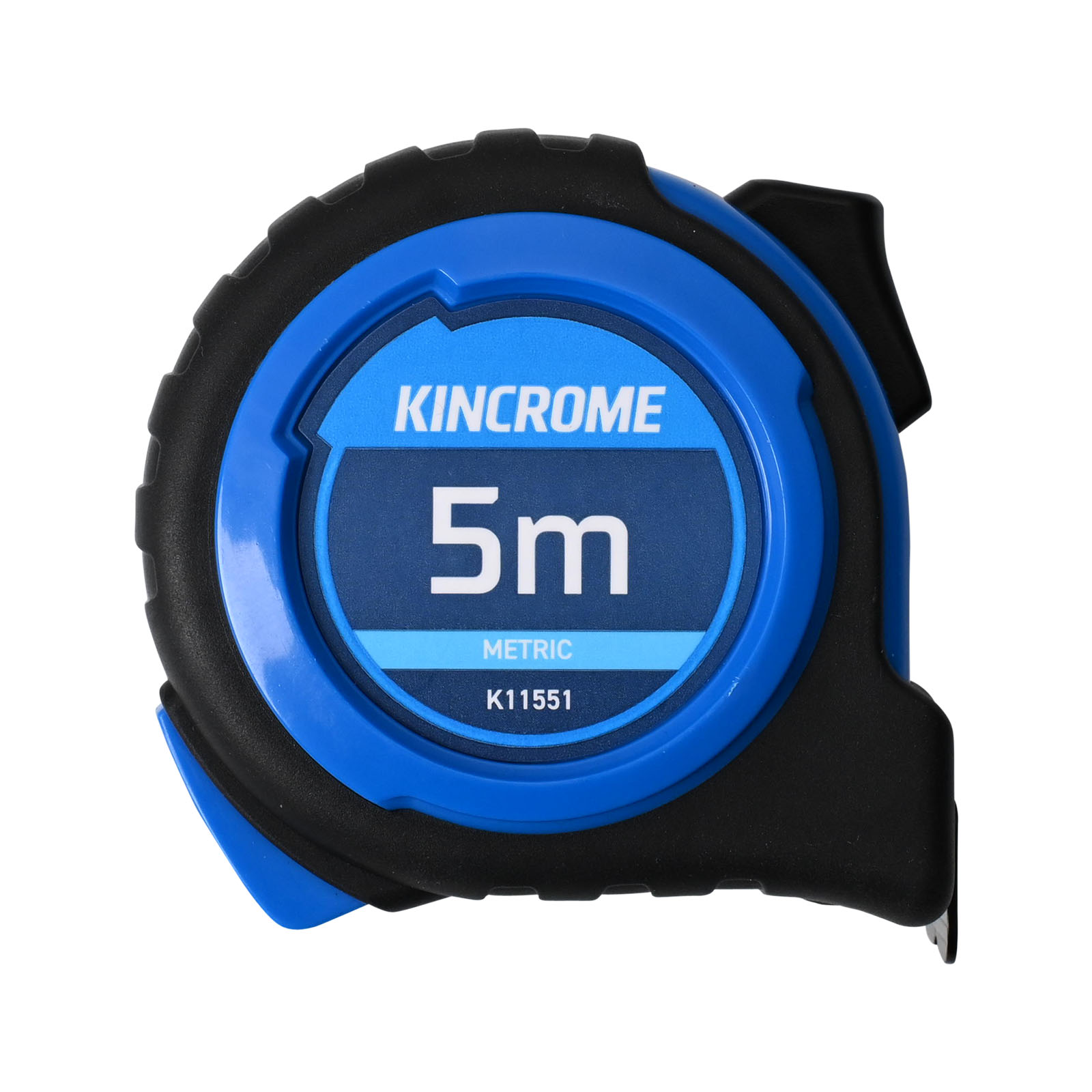 Why Millimeter Tape Measures Dominate Engineering: US Workshop Secrets
Why Millimeter Tape Measures Dominate Engineering: US Workshop Secrets
In engineering, accuracy can make the difference between success and failure. Millimeter mm tape measures have become the tool of choice in many US workshops due to several key advantages.
Superior Precision and Reliability
Engineers rely on the consistent accuracy provided by millimeter tape measures. Unlike digital tools that may suffer from battery issues or software glitches, a millimeter mm tape measure offers reliable performance without the need for calibration.
Versatility in Application
From drafting detailed plans to measuring components, millimeter tape measures are versatile. Their ability to provide precise, incremental measurements makes them indispensable in engineering environments where every millimeter counts.
Millimeter Tape Measure for 3D Printing: Perfect Calibration in 3 Steps
3D printing demands exact measurements to produce high-quality models. A millimeter mm tape measure is crucial for ensuring your printer is correctly calibrated.
Step 1: Measure the Print Bed
Accurate measurement of the print bed ensures that your 3D printer operates within the correct dimensions. Use the millimeter mm tape measure to verify the bed’s width, depth, and height.
Step 2: Calibrate the Extruder
Ensuring the extruder dispenses the right amount of filament requires precise measurement. A millimeter mm tape measure helps you adjust the extruder to deposit material accurately, reducing waste and improving print quality.
Step 3: Verify Model Dimensions
Before printing, measure your 3D models with the tape measure to ensure they meet the desired specifications. This step prevents errors during the printing process and ensures the final product aligns with your design intentions.
Dual-Scale Showdown: Millimeter vs Imperial Tape Measure Face-Off
Choosing between a millimeter mm tape measure and an imperial tape measure depends on your project’s specific needs. Here’s a comparison to help you decide.
Precision and Use Cases
Millimeter mm tape measures offer higher precision, making them ideal for engineering, crafting, and 3D printing. Imperial tape measures, using inches, are commonly preferred in construction and by those accustomed to the imperial system.
Ease of Conversion
While imperial tape measures require conversion for metric projects, millimeter mm tape measures eliminate this step, providing a straightforward approach for metric-based measurements.
Portability and Readability
Millimeter mm tape measures are often slimmer and easier to read with smaller increments, enhancing portability and usability in tight spaces. Imperial measures might have thicker markings, which can be less precise for detailed work.
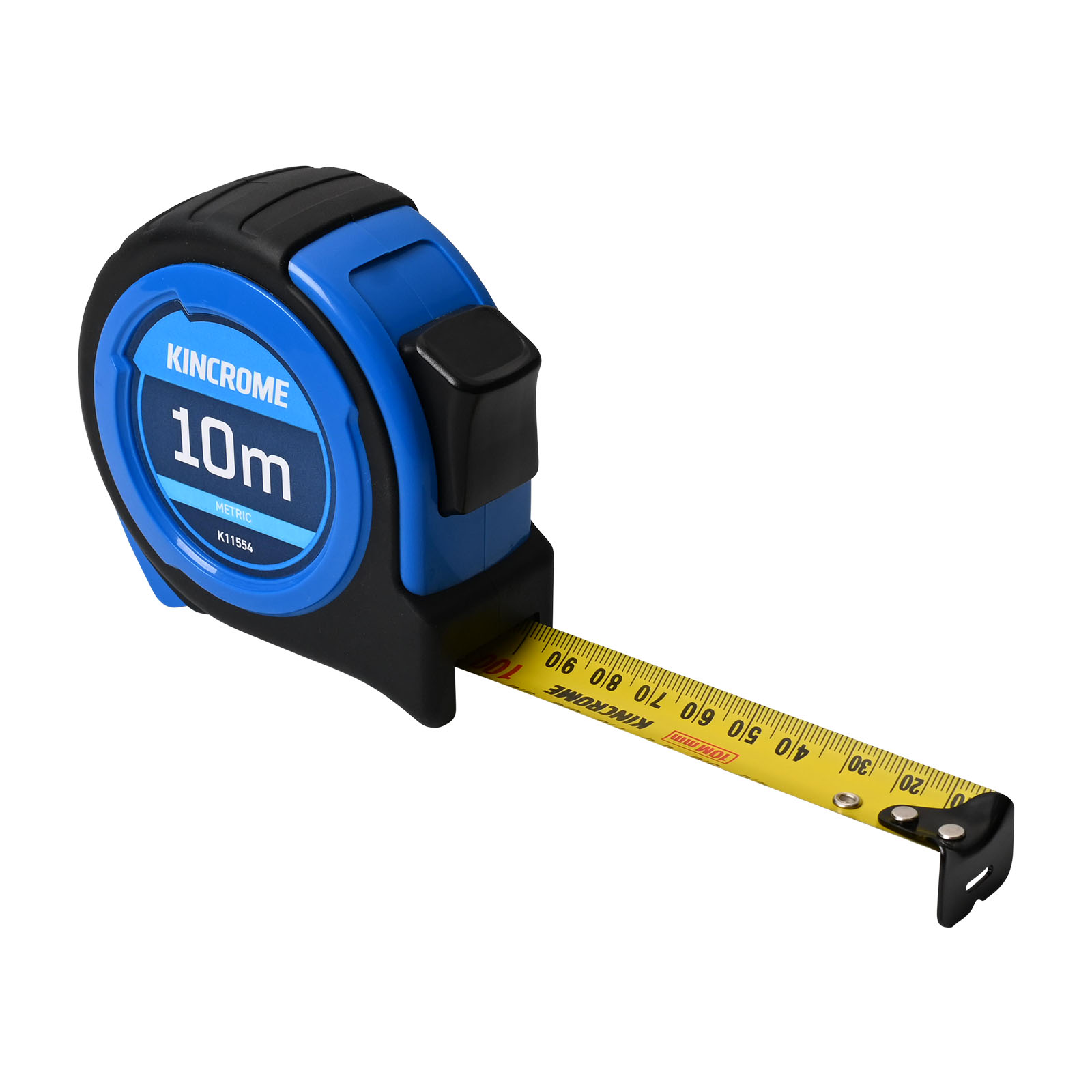 Millimeter Tape Measure Hacks: Converting to Fractions Instantly
Millimeter Tape Measure Hacks: Converting to Fractions Instantly
Sometimes, you need to convert millimeter measurements to fractions, especially when working with mixed systems. Here are some hacks to make this process quick and accurate.
Using a Conversion Chart
Keep a small conversion chart handy that translates millimeters to common fractions. For example, 1mm is approximately 0.039 inches, which is close to 1/25 inches. This method allows for quick reference without interrupting your workflow.
Implementing Mental Math Shortcuts
Develop mental shortcuts for common conversions. For instance, knowing that 5mm is roughly 1/5 inches can speed up the process. Practicing these conversions will make them second nature over time.
Auto Repair Essential: Why Millimeter Tape Measures Beat Calipers
In the auto repair industry, precision tools are essential. Millimeter mm tape measures have advantages over calipers that make them a preferred choice for many mechanics.
Flexibility and Range
Millimeter tape measures offer greater flexibility and a longer measuring range compared to calipers, which are limited in span. This makes tape measures more suitable for measuring larger components like engine blocks and chassis.
Durability in Harsh Environments
Millimeter mm tape measures are typically more robust and resistant to wear and tear, making them better suited for the demanding conditions of auto repair workshops.
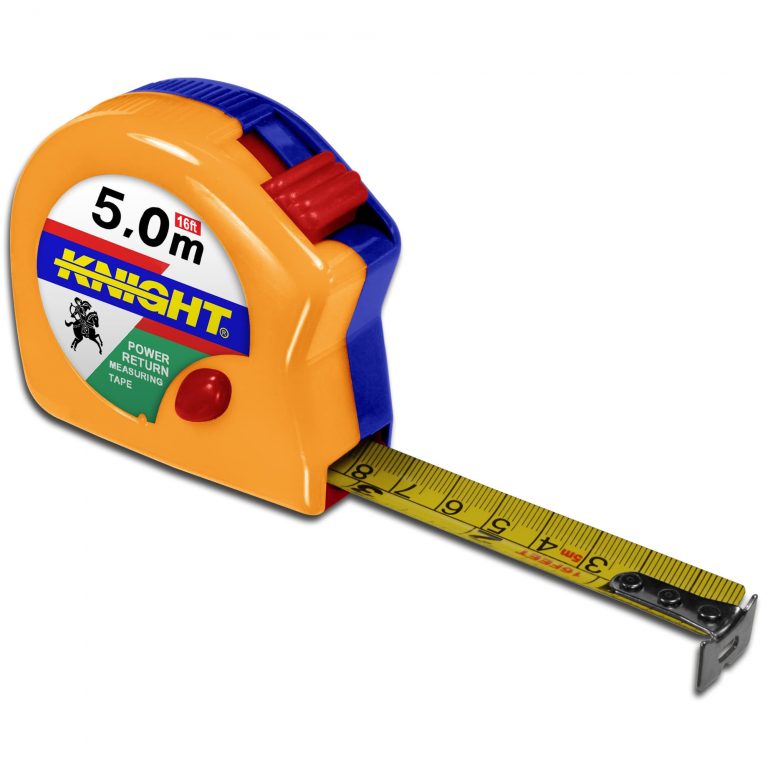 Laser vs Millimeter Tape Measure: When Old School Wins
Laser vs Millimeter Tape Measure: When Old School Wins
With the rise of laser measuring tools, you might wonder if traditional millimeter mm tape measures are still relevant. The answer is a resounding yes, especially in certain scenarios.
Reliability Without Batteries
Unlike laser tools that depend on batteries, millimeter tape measures are always ready to use. This reliability is crucial in environments where electronic tools might fail or be impractical.
Precision in Close Measurements
For very close or intricate measurements, millimeter mm tape measures provide unparalleled precision. Laser tools, while excellent for long distances, can sometimes miss nuances in small-scale measurements.
Cost-Effectiveness
Millimeter tape measures are generally more affordable than laser measuring devices. For many professionals and hobbyists, this makes them a more accessible option without compromising on accuracy.
Tattoo Artist’s Millimeter Tape Measure: Precision for Body Art
Tattoo artists require exact measurements to ensure designs fit perfectly on the body. A millimeter mm tape measure is an essential tool in their toolkit.
Ensuring Symmetry and Proportion
Using a millimeter tape measure helps tattoo artists maintain symmetry and proportion in their designs. Precise measurements ensure that every line and curve aligns correctly with the body’s contours.
Planning Placement
Accurate measurement of body parts allows artists to plan the placement of tattoos meticulously. This precision prevents misalignment and ensures the tattoo complements the client’s anatomy.
Enhancing Client Satisfaction
By utilizing a millimeter mm tape measure, tattoo artists can deliver high-quality, accurately placed tattoos, leading to increased client satisfaction and trust.
Choosing the Right MM Tape Measure for Your Needs
Selecting the appropriate millimeter tape measure depends on your specific requirements. Here are key factors to consider:
Material and Durability
Look for tape measures made from durable materials like stainless steel or reinforced fiberglass. These materials withstand wear and tear, ensuring longevity and consistent performance.
Length and Flexibility
Choose a tape measure with a length that suits your typical projects. Longer tapes offer greater versatility, while flexible blades ease measurement in tight or awkward spaces.
Ease of Reading
Ensure the tape measure has clear, easy-to-read markings. High-contrast colors and well-defined numbers improve readability, reducing the chances of measurement errors.
Locking Mechanism
A reliable locking mechanism is essential to hold the tape in place during measurement. This feature enhances precision and makes the tool more user-friendly.
 Maintaining Your MM Tape Measure
Maintaining Your MM Tape Measure
Proper maintenance extends the life of your millimeter mm tape measure and ensures accurate measurements over time.
Regular Cleaning
Wipe the tape measure after each use to remove dirt and debris. This prevents accumulation that could interfere with the tape’s movement and accuracy.
Proper Storage
Store the tape measure in a dry, safe place to avoid damage. Avoid dropping it or exposing it to extreme temperatures, which can cause the tape to warp or the markings to fade.
Periodic Calibration
Check the tape measure periodically against a known standard to ensure its accuracy. If discrepancies are found, consider replacing the tape measure to maintain measurement integrity.
Conclusion: Embrace Precision with a MM Tape Measure
Incorporating a millimeter mm tape measure into your toolkit unlocks a new level of precision and versatility across various fields. Whether you’re engineering complex projects, calibrating 3D printers, or crafting intricate body art, this tool provides the accuracy and reliability you need. By understanding its features, mastering its use, and maintaining it properly, you can elevate the quality and efficiency of your work, ensuring every measurement counts. Embrace the precision that a millimeter mm tape measure offers and watch your projects achieve new heights of excellence.

